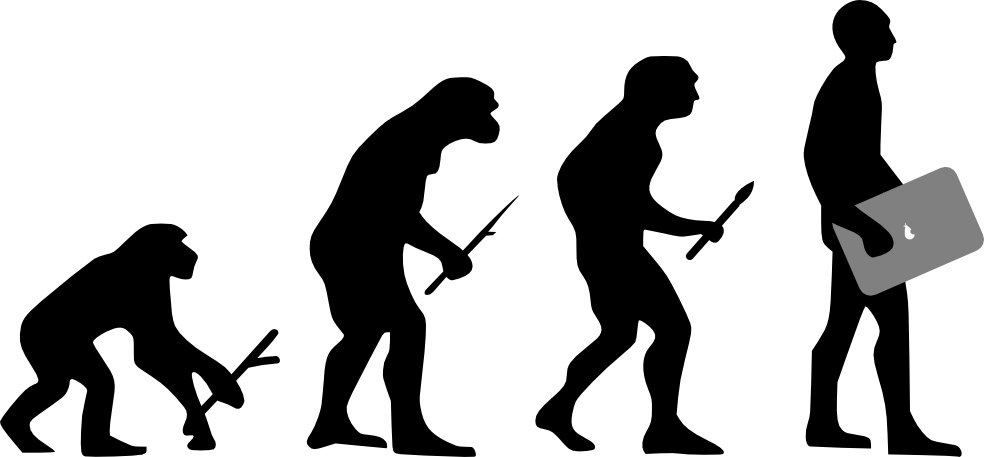 Today we greet you with yet another fascinating infographic from our friends over at HubSpot. All too often marketers ask themselves why customers purchase products while forgetting to also ask how they do so. HubSpot's infographic addresses this important question by tracing the evolution of the buyer's journey from 1901 to the present day, where tech-savvy customers use online reviews, social signals, and social media to research brands and products.
Today we greet you with yet another fascinating infographic from our friends over at HubSpot. All too often marketers ask themselves why customers purchase products while forgetting to also ask how they do so. HubSpot's infographic addresses this important question by tracing the evolution of the buyer's journey from 1901 to the present day, where tech-savvy customers use online reviews, social signals, and social media to research brands and products.
Let's take a closer look, shall we?
The Print Ad Golden Age — Back at the beginning of the 20th century, the buyer's journal was monolithic and one-dimensional as classic print ads — newspapers, magazines, billboards, etc. — dominated the retail industry. Customers bought goods by pouring over mail-order catalogs, viewing ads, or by walking past a storefront.
The Emergence of Radio — Things began to change with the rise of radio. From 1920-1935, the advertising world witnessed a shift towards radio advertisements and what was once called "commercial breaks" during programs. By the start of the 1930s, 12 million American households owned radios; by 1939, that number jumped to over 28 million.
The Great Depression and World War II — The fact that close to 30 million Americans could be reached by radio ads was, at least in theory, attractive to advertisers. There was just one problem: many were out of work. Unemployment averaged nearly 18 percent between 1935 and 1939. And while unemployment would gradually drop due to America's entry into World War II, consumer spending remained flat as Americans were asked to conserve to prevent shortages.
The "Mad Men" Era of Advertising — Post-war prosperity and the subsequent Baby Boom brought profound changes to the advertising landscape. Suddenly millions of Americans had disposable income, children running around their brand new suburban homes, and a shiny new television in the living room. Welcome to the "Mad Men" area of advertising, where social status and "Keeping Up With the Joneses" was king.
A More Conscientious Customer — The 1960s and 1970s saw a more educated and socially aware class of customers. As a result, a kind of anti-establishment (or at least anti-consumerist) tide began to emerge — and it was bad news for advertisers. A 1976 Gallup poll asked Americans to rate 11 industries' reputations for honesty and ethical standards. Guess who came in dead last? Nope, not oil companies or weapons manufacturers — advertising executives!
The Personal Computer and the Internet Age — The era of 1975-1985 saw advertisers barrage Americans with close to 1,600 ads per day across all the usual channels like newspapers, car radios, television, etc. 1977 saw the rise of he personal computer, which of course, was a prelude to the Internet age (1985-1995) and with it, eBay, Amazon, banner ads, and so on. But it wasn't until the Internet Boom age (1995-2002) that things really started to change.
Decisions in an Instant — Now, thanks to email and search marketing, customers can search for anything at anytime. Or to look at it another way, for the first time, well, ever, the customer calls the shots. Since 1900, advertisers relied on outbound marketing techniques to reach customers. But beginning in the later 90s and up until today's mobile age, the paradigm has been flipped. The buyer's journey is self-guided.
What's it all mean for marketers? Simple. A transition towards an inbound marketing approach, built on valuable content that can attract, convert, and close customers.
What do you think? How has the evolution of the buyer's journey influenced your marketing strategy?






